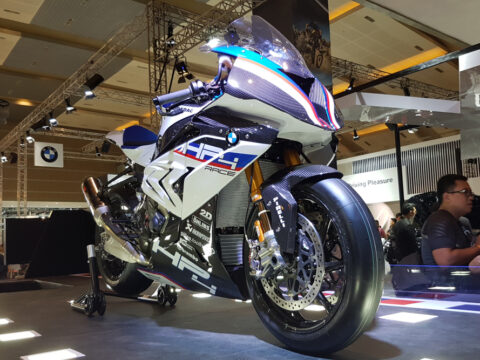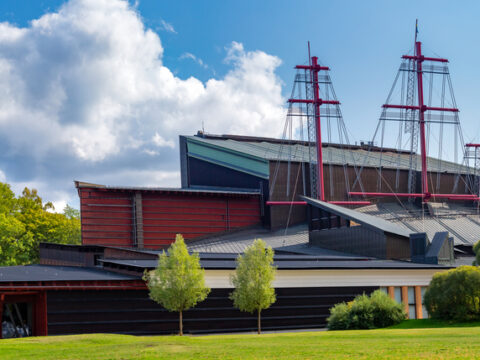As technology advances and car designs evolve, many beloved features from older vehicles have become relics of the past. From bench seats to manual door locks, these nostalgic elements have been replaced by modern innovations that prioritize safety, efficiency, and convenience. Let’s take a trip down memory lane and explore the old car features we’ll never see again.
Contents
Ventilation Handles Instead of Climate Control
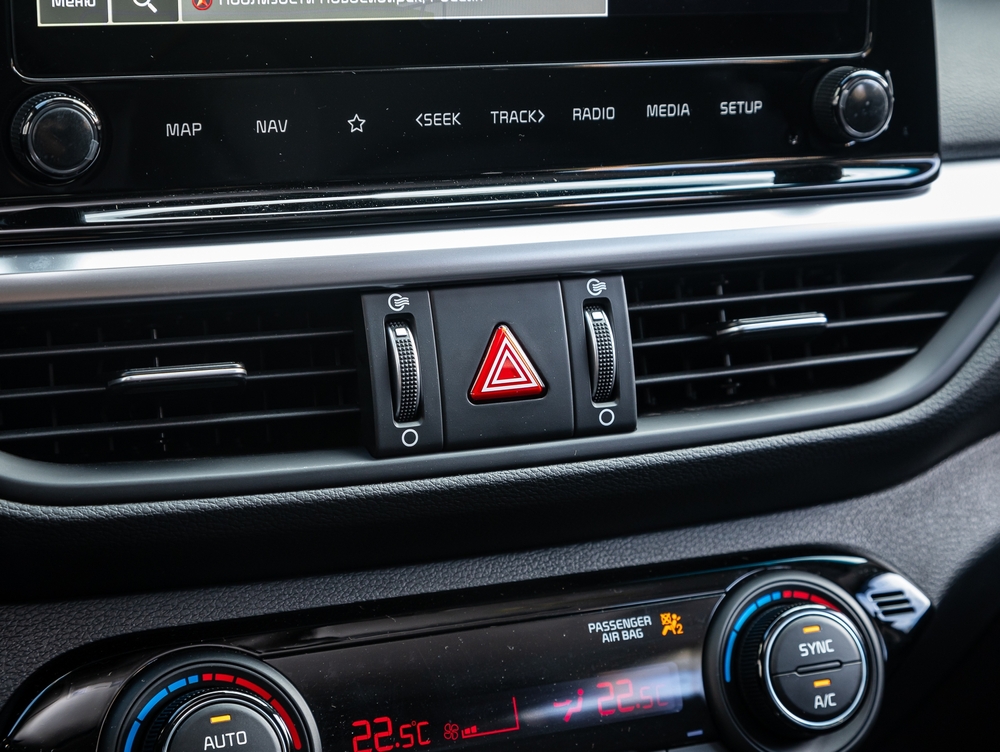
Ventilation handles, once a staple in older cars, allowed drivers to manually adjust airflow into the cabin. These simple devices have been replaced by sophisticated climate control systems that offer precise temperature regulation, improved air quality, and overall comfort. The advent of digital climate control systems has rendered ventilation handles obsolete, as modern systems automatically adjust temperature and airflow to maintain a set climate, enhancing both convenience and efficiency.
Bench Seats in Cars
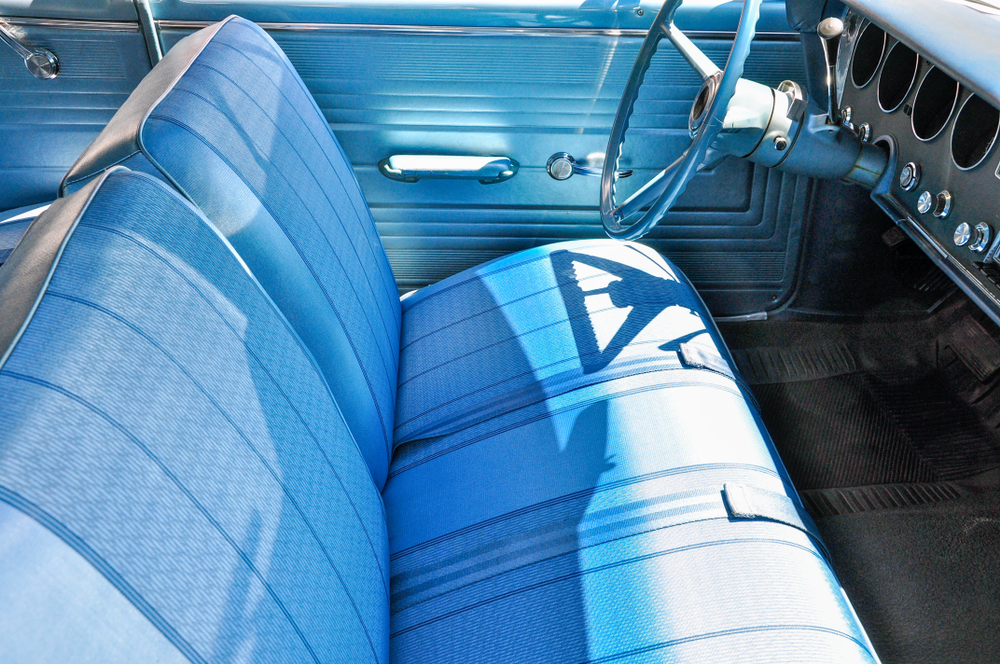
Bench seats, which once spanned the entire width of the front row, allowed for three passengers to sit side by side. However, these seats have largely disappeared in favor of bucket seats that provide individual comfort and safety. Bucket seats support modern safety features like airbags and seatbelts more effectively, and their ergonomic design offers better support for longer drives. The shift towards individual seating has also allowed for the integration of center consoles, enhancing storage and convenience.
Manual Door Locks
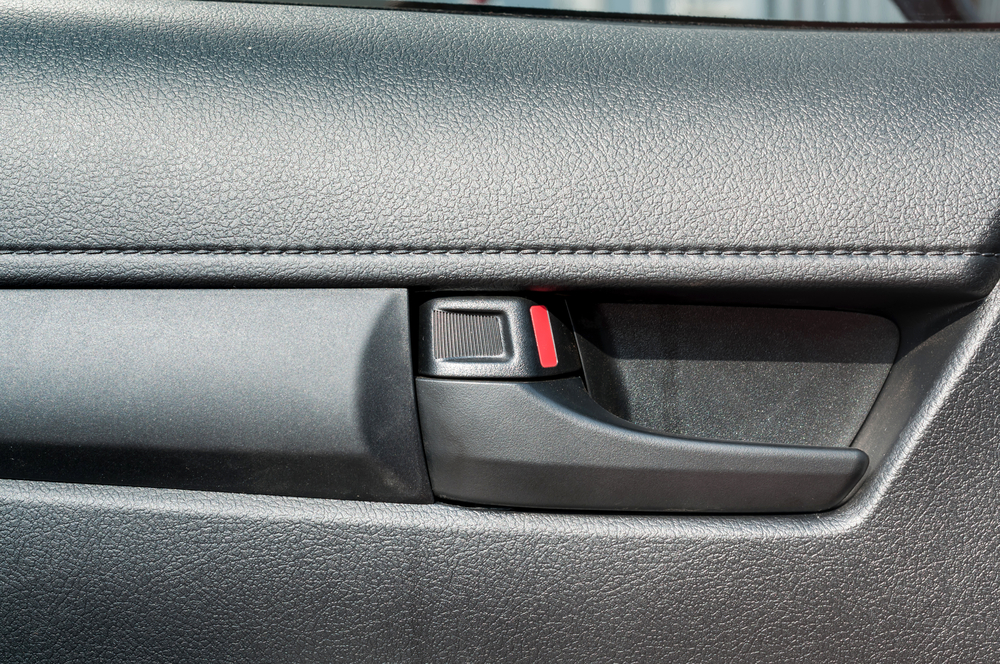
Manual door locks required passengers to physically push or pull a knob to lock or unlock doors. These have been replaced by power locks, controlled by buttons or remote key fobs, improving convenience and security. Modern cars often come with keyless entry systems that allow for remote locking and unlocking, making manual door locks a thing of the past. The transition to electronic systems has also enabled additional features like auto-locking when the car is in motion, enhancing safety.
Physical Knobs for Radio Volume
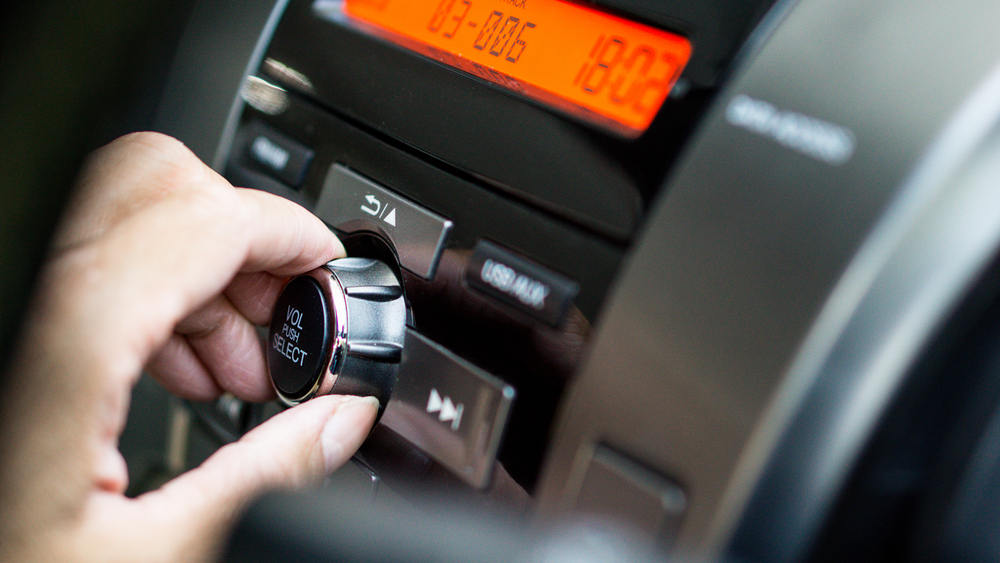
Physical knobs for adjusting radio volume have largely been replaced by touchscreens and steering wheel controls. While knobs provided a tactile way to control audio settings, touchscreens offer a more integrated and streamlined user interface. The shift to digital controls allows for additional functionalities like navigation and multimedia integration within a single interface, simplifying the dashboard design and offering a more modern and versatile experience.
Cassette Decks
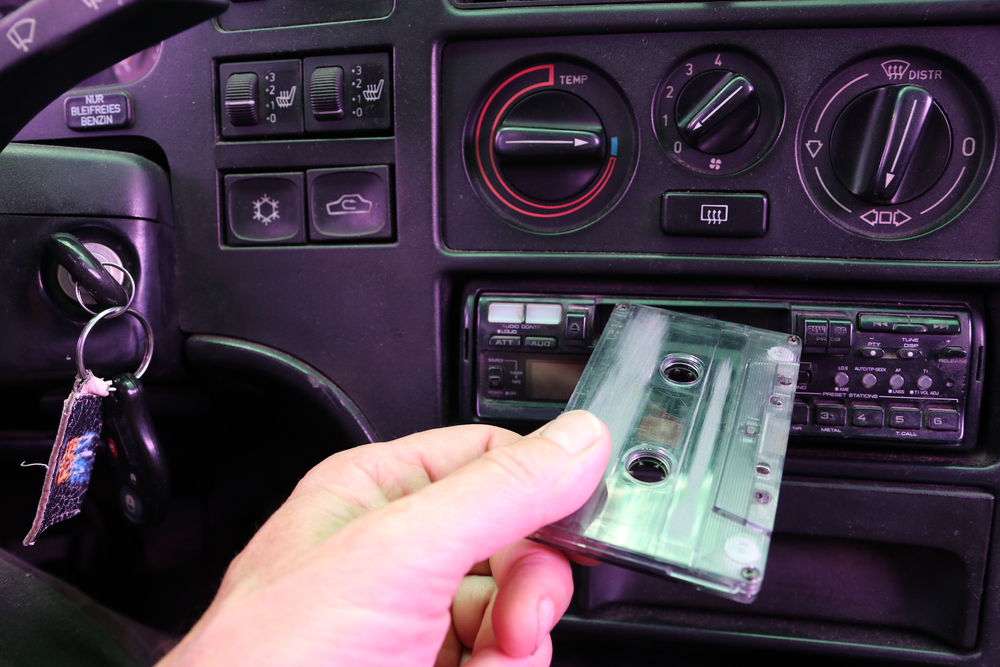
Cassette decks, once the primary means of playing music in cars, have been rendered obsolete by digital media players and streaming services. The decline of physical media like cassettes and CDs has led to the rise of Bluetooth connectivity and USB ports, allowing drivers to stream music directly from their smartphones. The convenience and superior sound quality of digital media have made cassette decks a relic of the past.
Chrome Accents
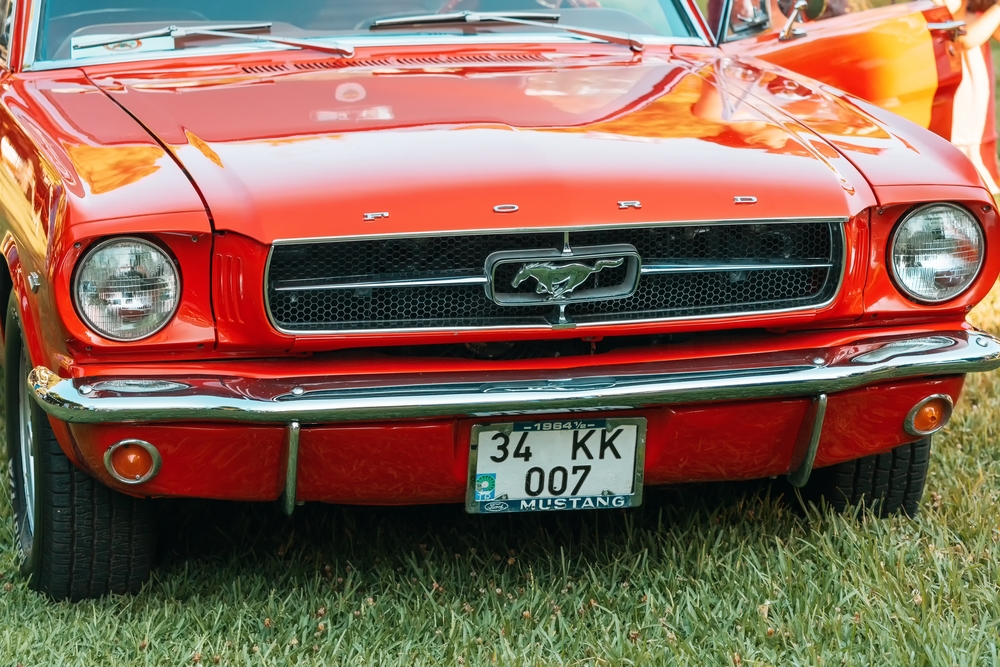
Chrome accents, once a sign of luxury and style, have largely fallen out of favor due to changing design preferences and the push for lighter, more fuel-efficient vehicles. Modern cars often use lighter materials like aluminum and composites, which help reduce weight and improve fuel efficiency. Additionally, the minimalist and sleek designs favored today typically incorporate matte or body-colored finishes instead of shiny chrome.
Analog Clocks
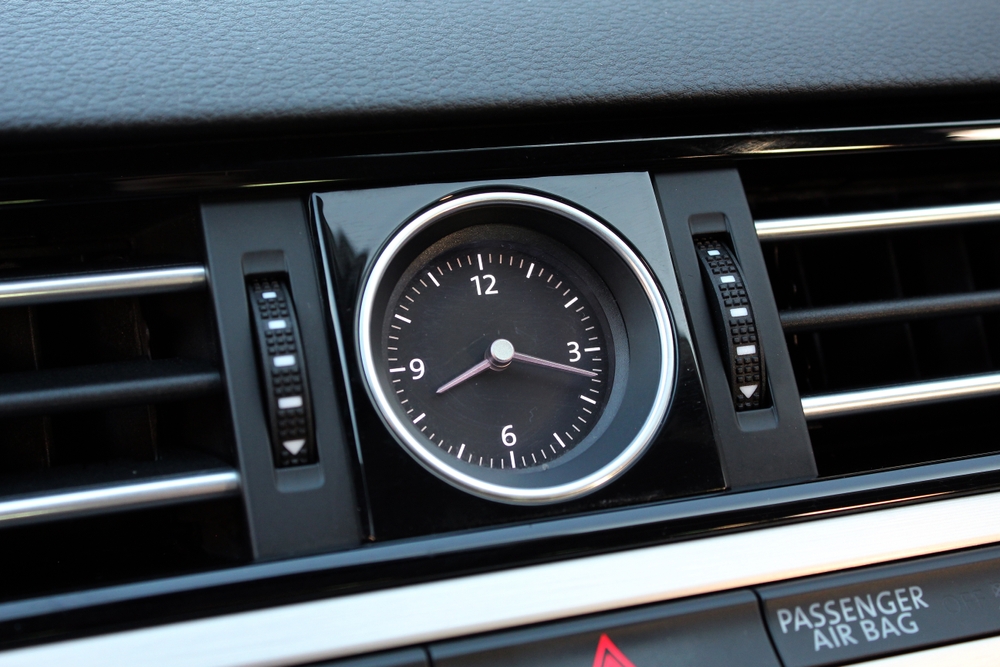
Analog clocks, which added a touch of elegance to car interiors, have been replaced by digital displays that offer more precise timekeeping and additional information. Digital clocks are easier to read at a glance and integrate seamlessly with other digital displays in the car, providing a cohesive and modern look. The shift towards fully digital dashboards has made analog clocks a nostalgic feature rather than a practical one.
Manual Steering
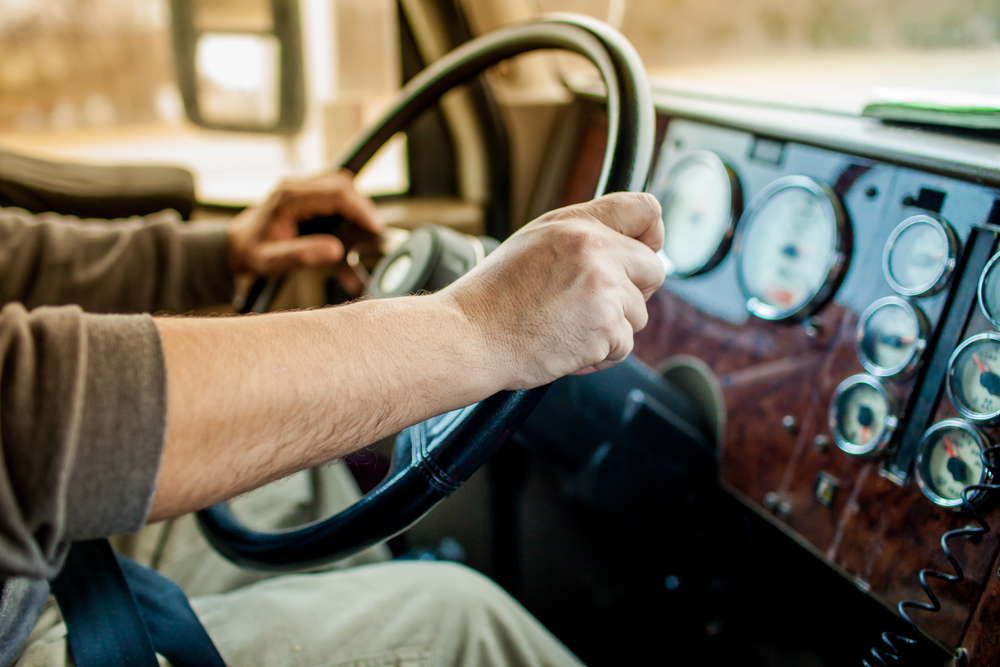
Manual steering, which required significant effort to maneuver the vehicle, has been replaced by power steering systems that offer easier handling and improved safety. Power steering reduces the physical effort needed to turn the steering wheel, making driving more comfortable and accessible to a wider range of people. The advancements in power steering technology have also enabled features like adaptive steering, which adjusts the steering response based on driving conditions.
Carburetors
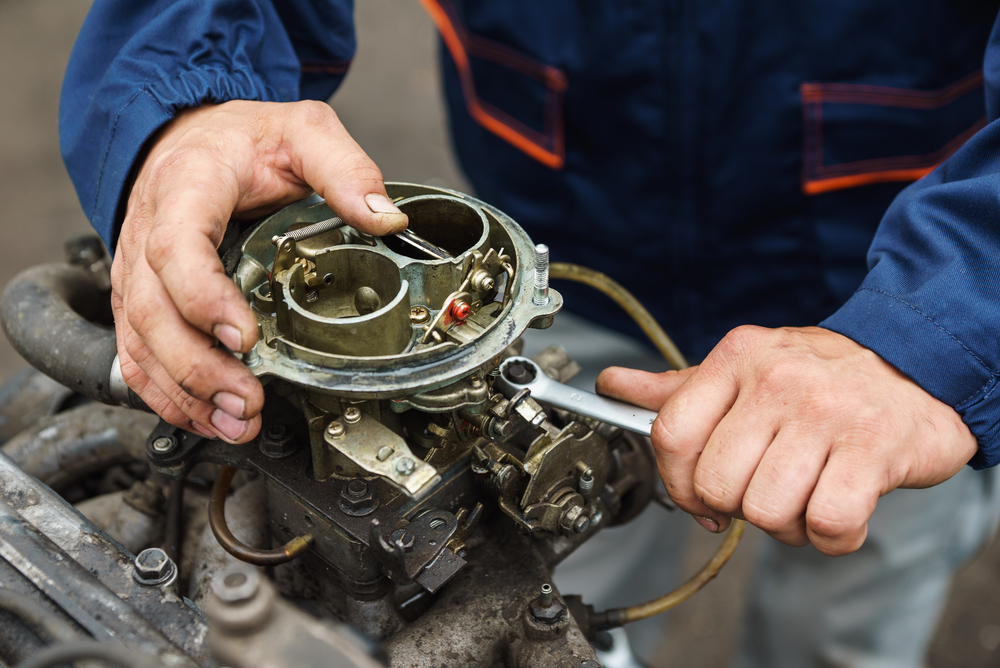
Carburetors, once essential for mixing air and fuel in the engine, have been replaced by fuel injection systems that provide better efficiency and performance. Fuel injection allows for precise control over the fuel-air mixture, leading to improved fuel economy and reduced emissions. The transition to fuel injection has also facilitated advancements in engine management systems, contributing to the overall reliability and performance of modern vehicles.
Vent Windows
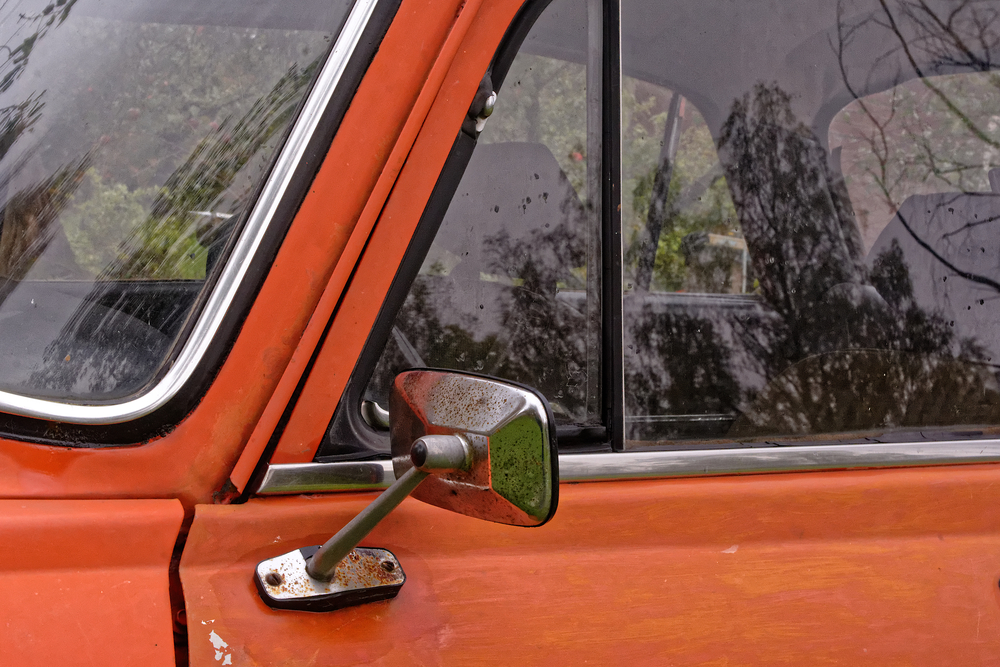
Vent windows, small triangular windows that could be opened for ventilation, have been replaced by more efficient air conditioning and climate control systems. While vent windows offer a way to direct fresh air into the cabin, modern climate control systems provide more effective and consistent temperature regulation. The improved sealing of modern windows also enhances aerodynamics and reduces wind noise, contributing to a quieter and more comfortable ride.
Crank Windows
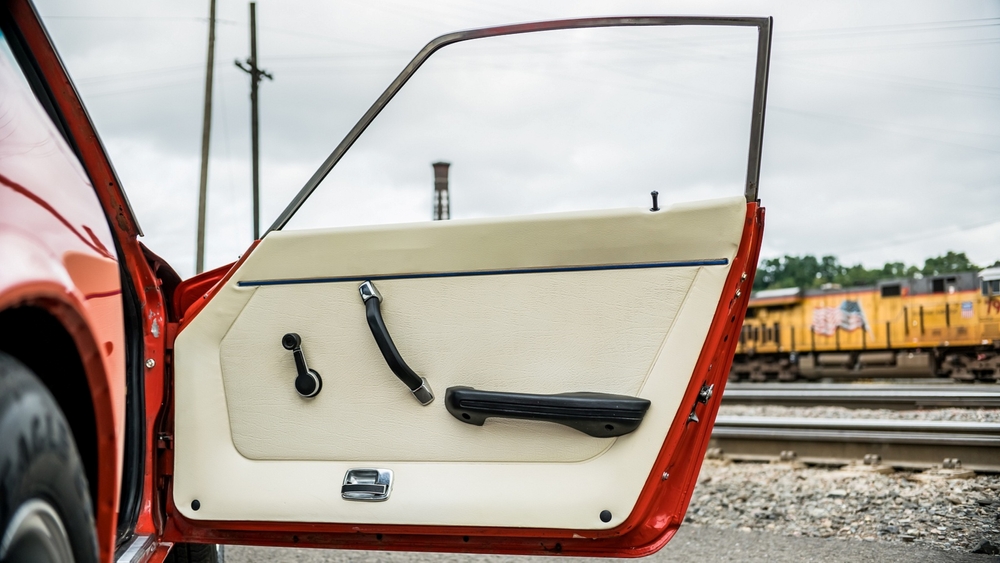
Crank windows, which required manual effort to raise or lower, have been replaced by power windows operated by switches. Power windows offer greater convenience and can be controlled by all passengers or the driver alone, enhancing safety. The shift to electric windows has also allowed for features like one-touch operation and automatic closing, adding to the overall ease of use.
Full-Size Spare Tires
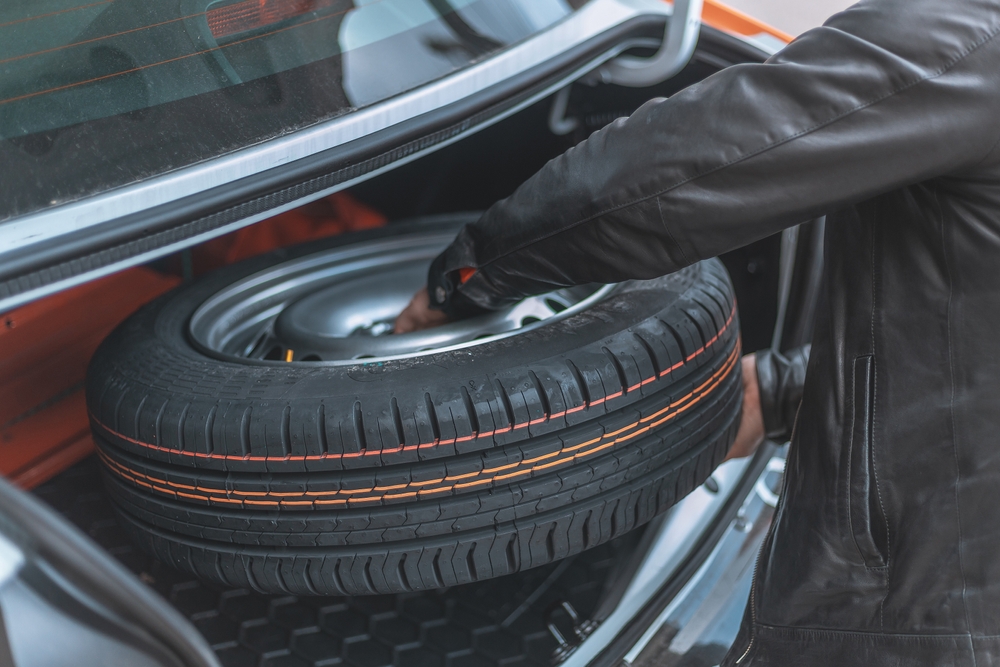
Full-size spare tires have been largely replaced by space-saving spare tires or tire repair kits. The move towards smaller spares or repair kits helps reduce vehicle weight, improving fuel efficiency. Additionally, modern tires are more durable and less prone to punctures, reducing the need for a full-size spare. This change has also freed up trunk space for other uses, making the overall design more practical.
Hood Ornaments
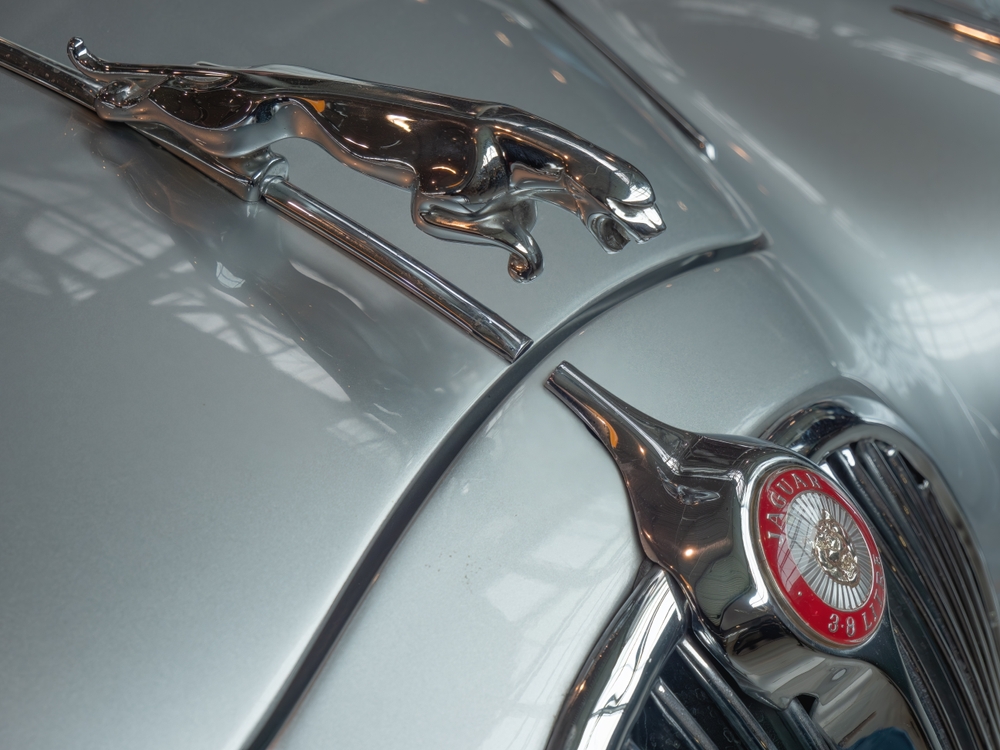
Hood ornaments, once a common feature on luxury cars, have fallen out of favor due to concerns over pedestrian safety and aerodynamic efficiency. Modern car designs prioritize sleek, aerodynamic shapes that reduce drag and improve fuel efficiency. Hood ornaments can disrupt airflow and pose a risk in accidents, leading to their decline in favor of flush-mounted badges or logos.
Ashtrays and Cigarette Lighters
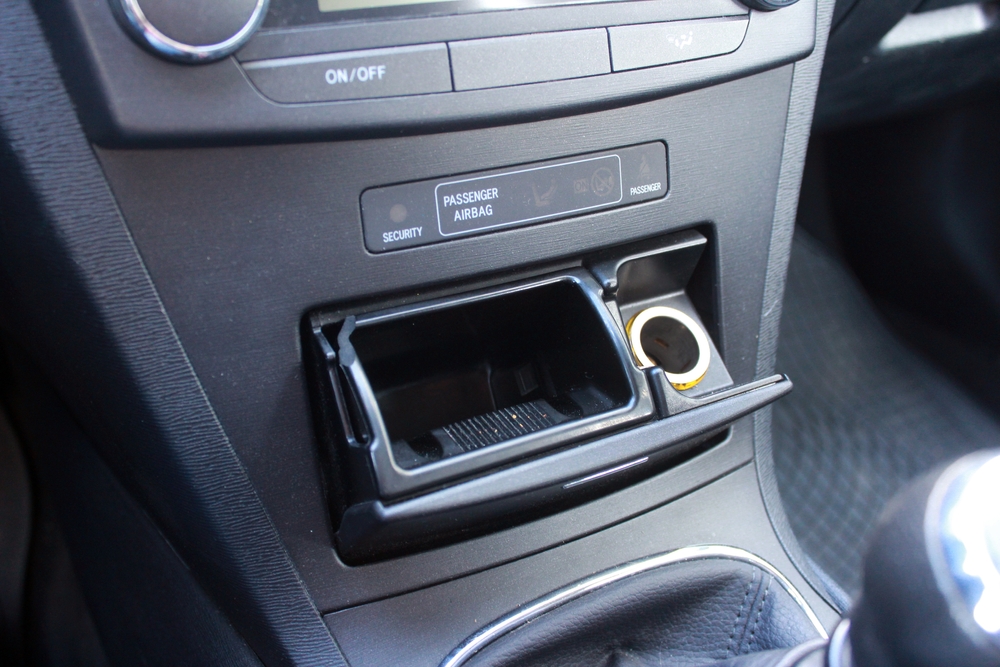
Ashtrays and cigarette lighters were once standard in cars, reflecting the widespread smoking culture. As smoking rates declined and awareness of health risks increased, these features have become less common. Modern cars often replace these with additional storage compartments or USB charging ports, reflecting a shift towards healthier lifestyles and the growing use of electronic devices.
Mechanical Odometers
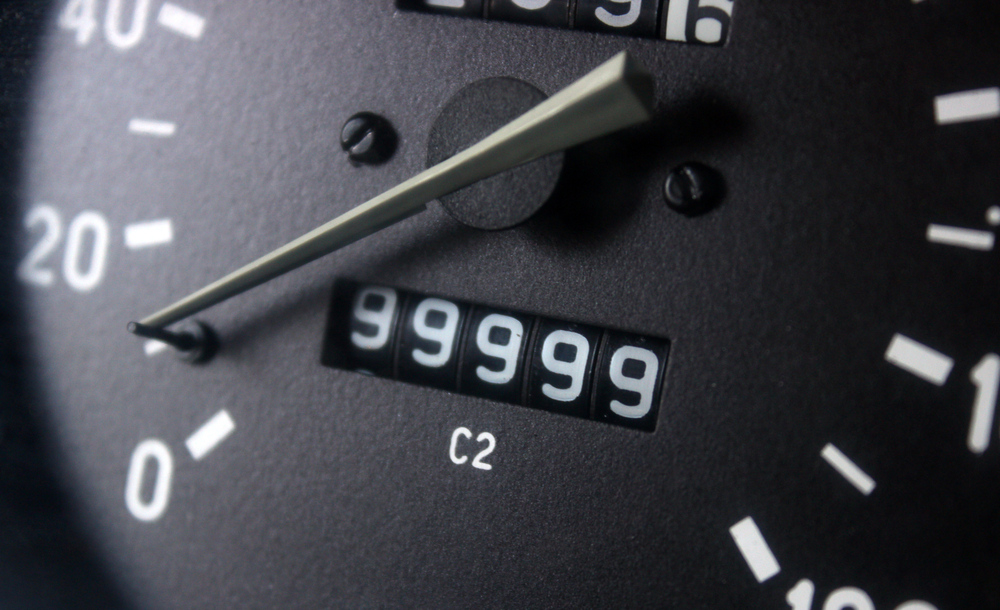
Mechanical odometers, which display mileage with physical rotating numbers, have been replaced by digital odometers that provide more accurate and tamper-resistant readings. Digital odometers are easier to read and can store additional information, such as trip data and service intervals. The move to digital displays enhances overall vehicle reliability and reduces the risk of odometer fraud.
Pop-Up Headlights
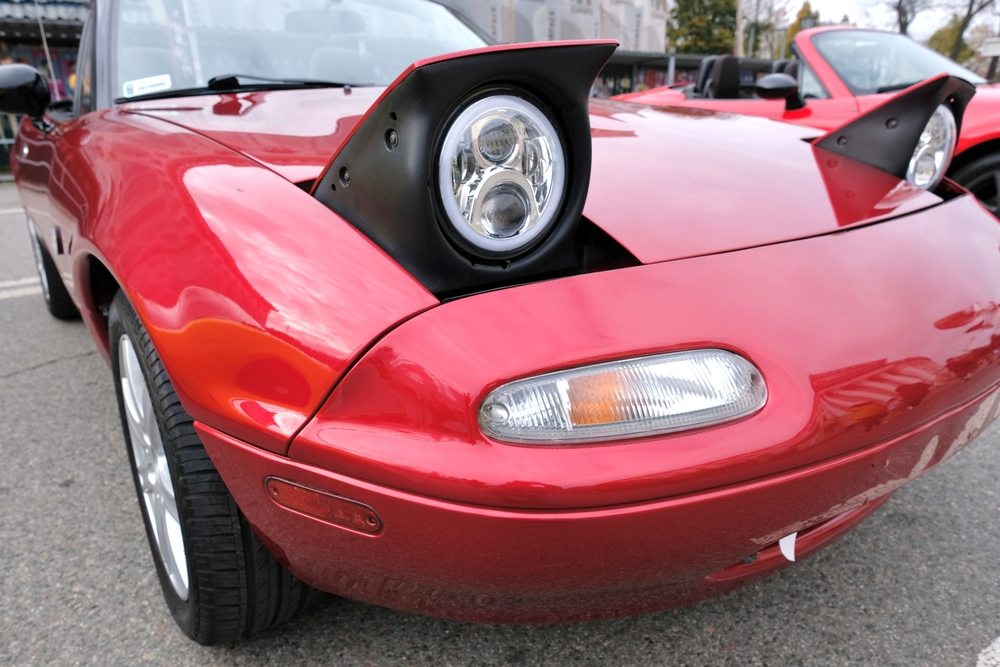
Pop-up headlights, which emerged from the car body when activated, have been phased out due to safety and aerodynamic concerns. While they were a distinctive and stylish feature, their complex mechanisms added weight and potential points of failure. Modern fixed headlights, often using LED technology, provide better illumination, reliability, and aerodynamic efficiency, making pop-up headlights a nostalgic but impractical feature.
Ventilated Seats
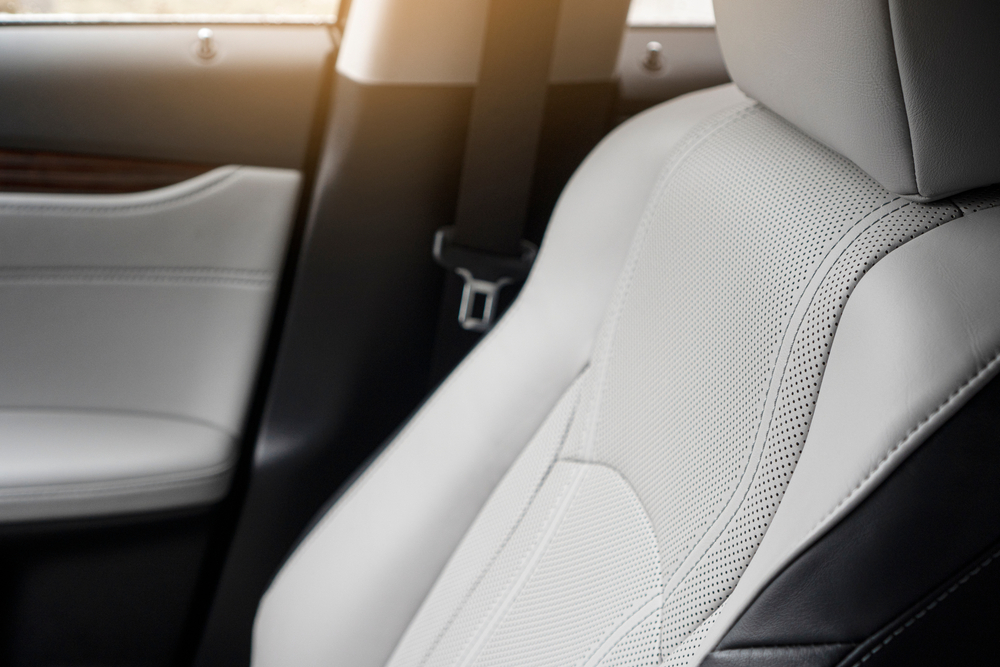
Ventilated seats, which allowed air to circulate through perforations in the seat material, have been replaced by more advanced climate control systems. Modern climate seats offer both heating and cooling functions, providing greater comfort in a wider range of conditions. The improved technology in climate seats enhances passenger comfort and supports the trend toward more luxurious and feature-rich interiors.
Hand Crank Starters
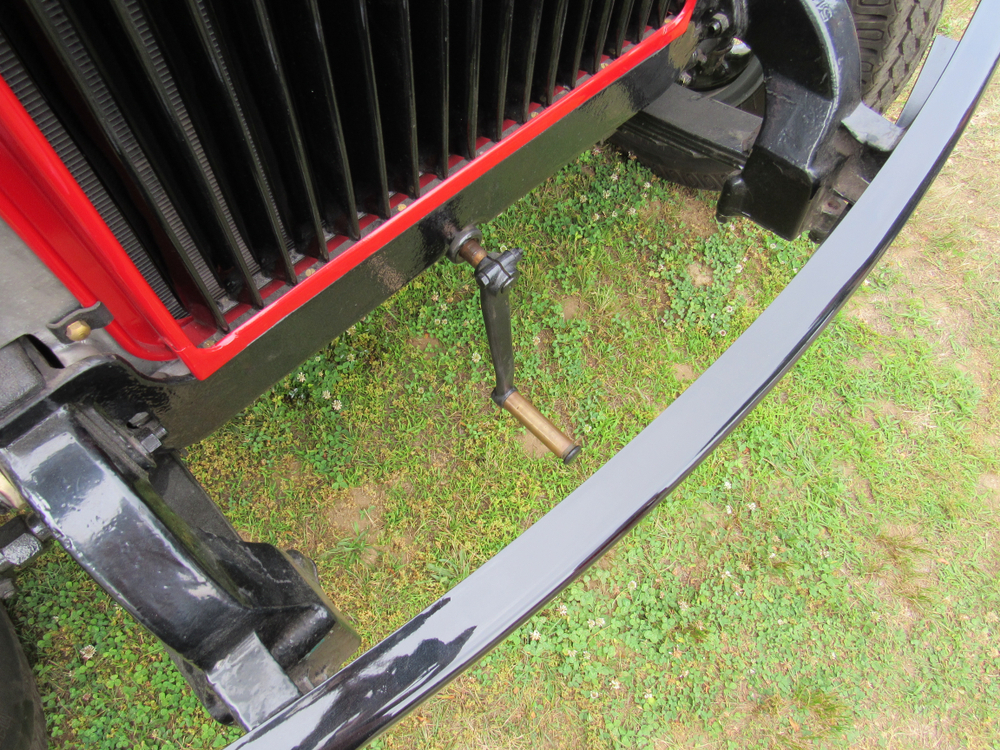
Hand crank starters, which require physical effort to start the engine, have been replaced by electric starters that allow for effortless ignition. The introduction of electric starters has made starting a car as simple as turning a key or pressing a button, improving safety and convenience. This advancement has also allowed for additional features like remote start, enhancing the overall driving experience.
Manual Chokes
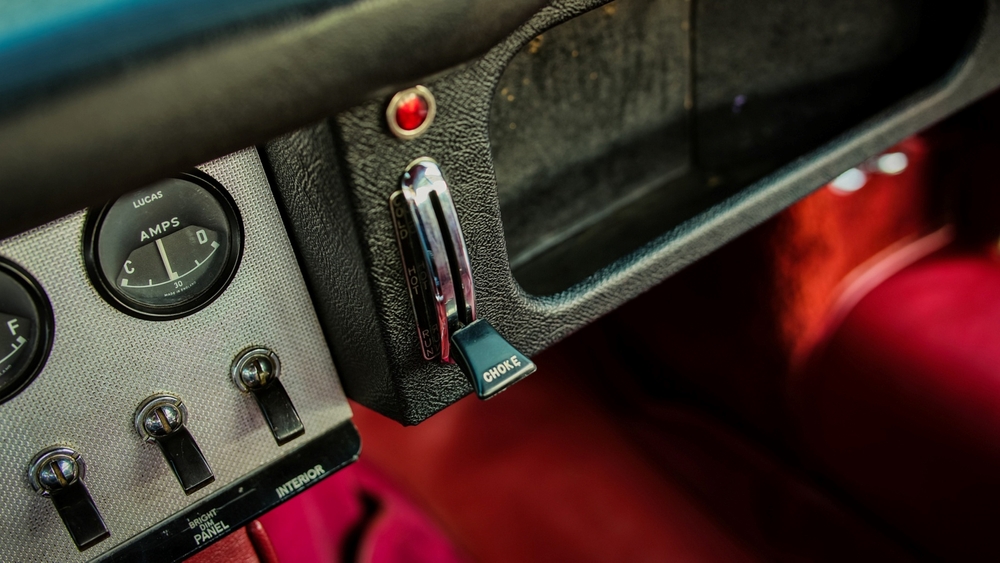
Manual chokes, used to adjust the air-fuel mixture for starting the engine, have been replaced by automatic choke systems and electronic fuel injection. These modern systems automatically adjust the mixture based on engine temperature and other factors, ensuring optimal performance and reducing the need for driver intervention. The move to automatic systems enhances reliability and simplifies vehicle operation.
Column Shifters
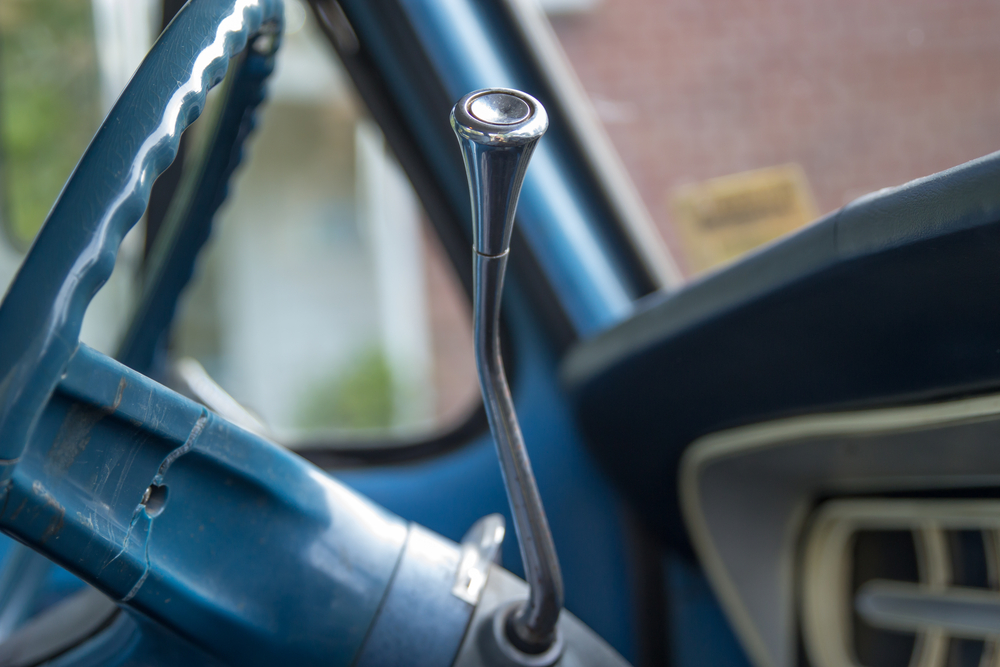
Column shifters, mounted on the steering column for gear selection, have largely been replaced by floor-mounted shifters or electronic gear selectors. Floor-mounted shifters offer a more intuitive and sporty feel, while electronic selectors provide more precise control and can be integrated into modern dashboard designs. The change reflects a broader trend towards more ergonomic and aesthetically pleasing interiors.
This article originally appeared on MyCarMakesNoise.
More from MyCarMakesNoise
16 Key Milestones in the Evolution of Tanks
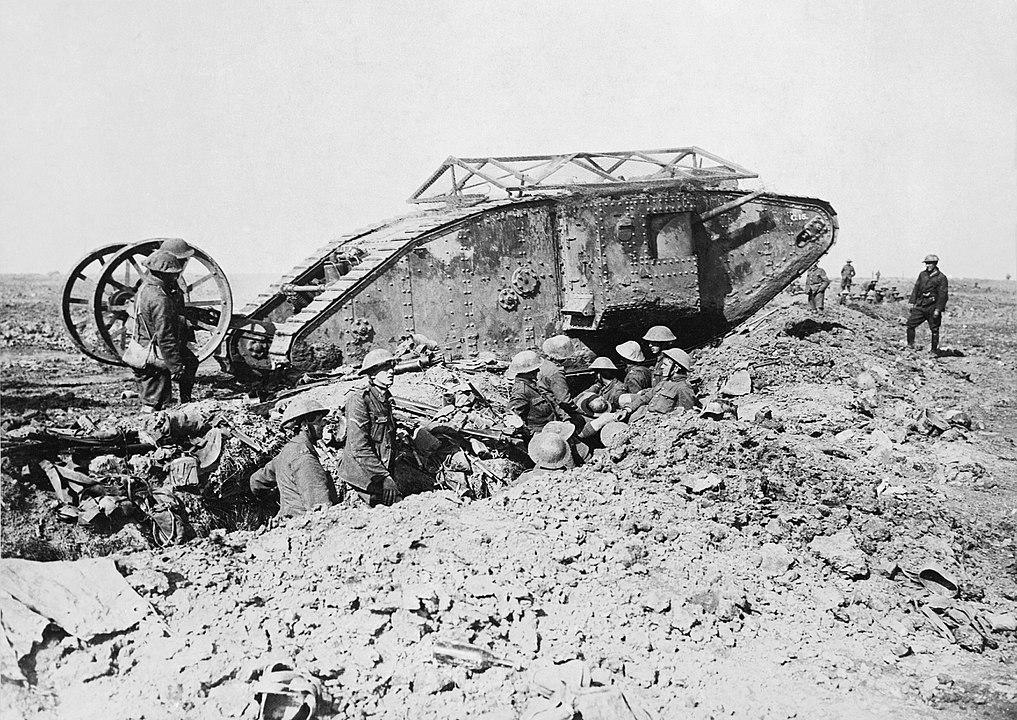
From the early designs that changed battlefield strategies to the advanced technology of today, each milestone marks a step forward in combat effectiveness and innovation. Read More.
20 Motorcycles That Push the Limits of Speed
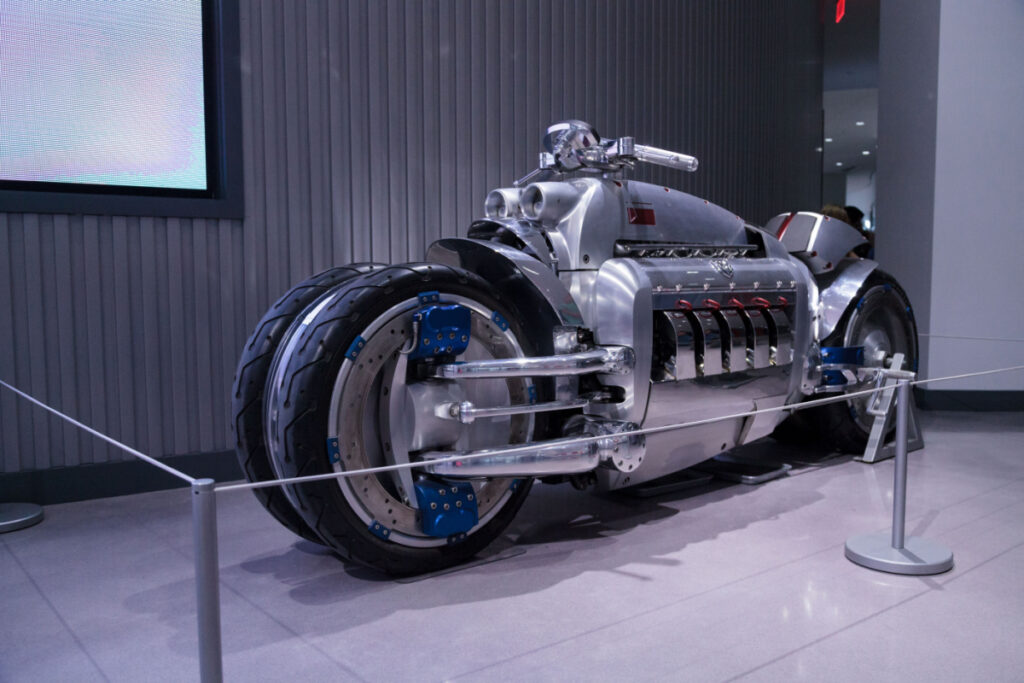
These bikes are not just about top speed; they are engineered for quick takeoffs and breathtaking performance. Get ready to explore the machines that redefine what it means to go fast. Read More.
20 Top-Selling Lincolns That Defined the Brand
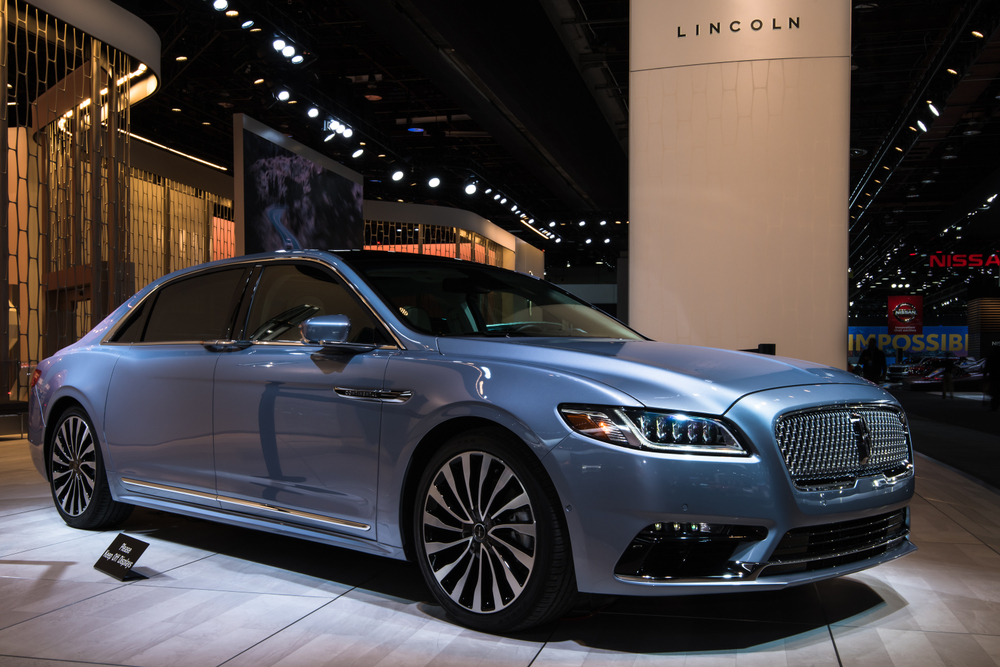
In this article, we take a look at the 20 best-selling Lincolns of all time, showcasing the models that have set the standard for style, comfort, and performance. From classic sedans to modern SUVs, these Lincolns have left a lasting mark on the automotive world. Read More.



